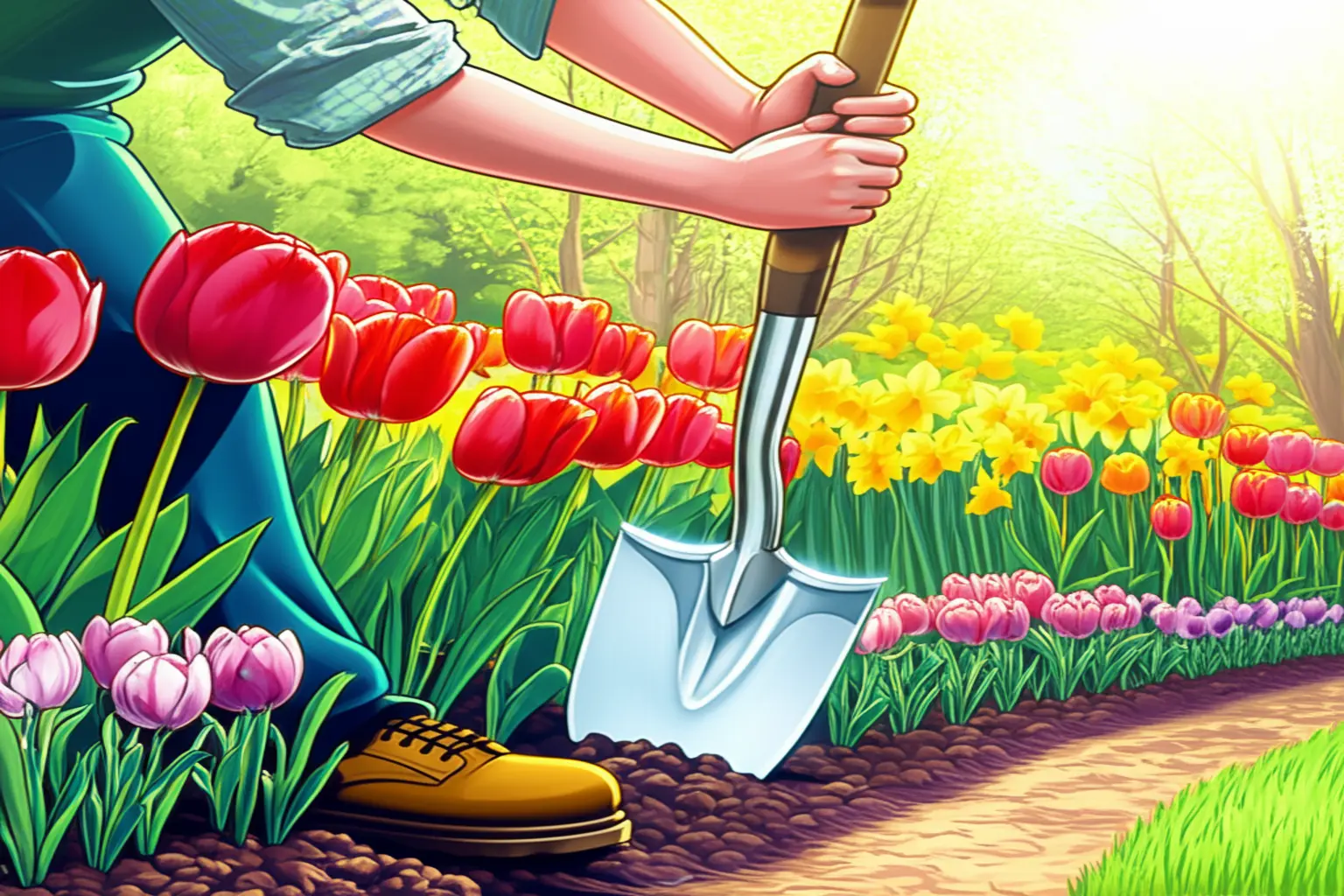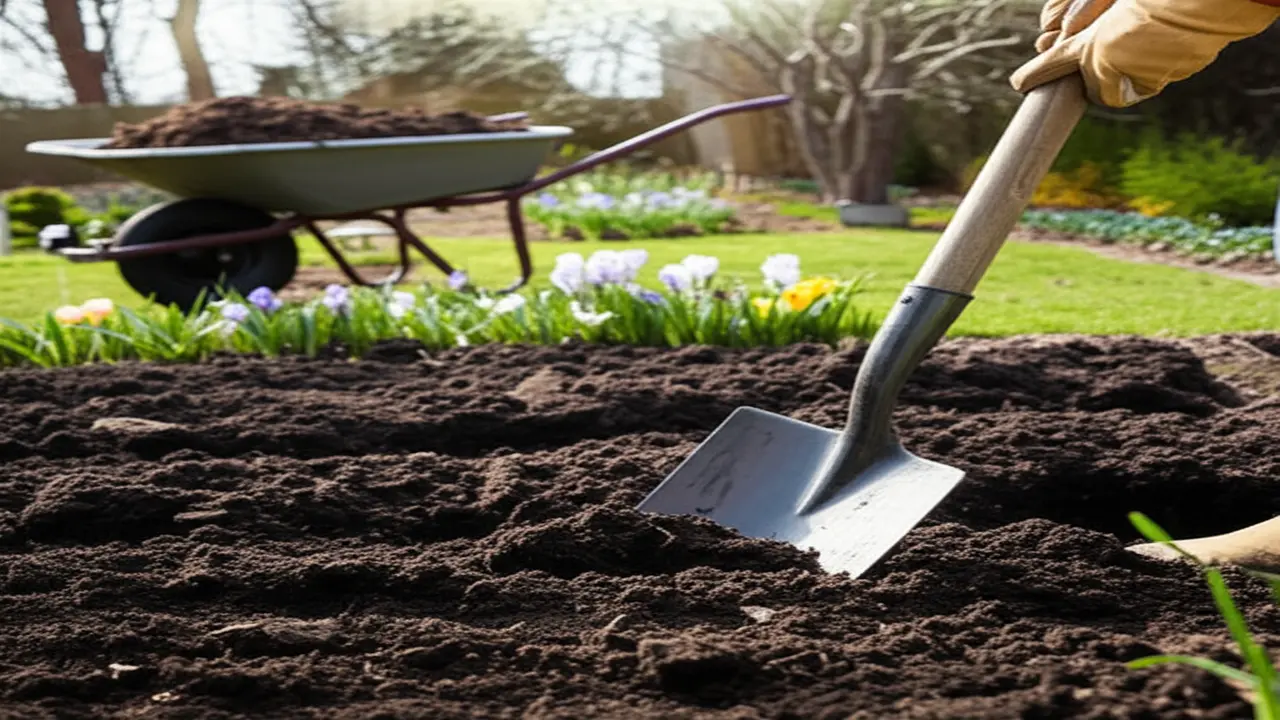
1. Key Spring Garden Spade Tasks
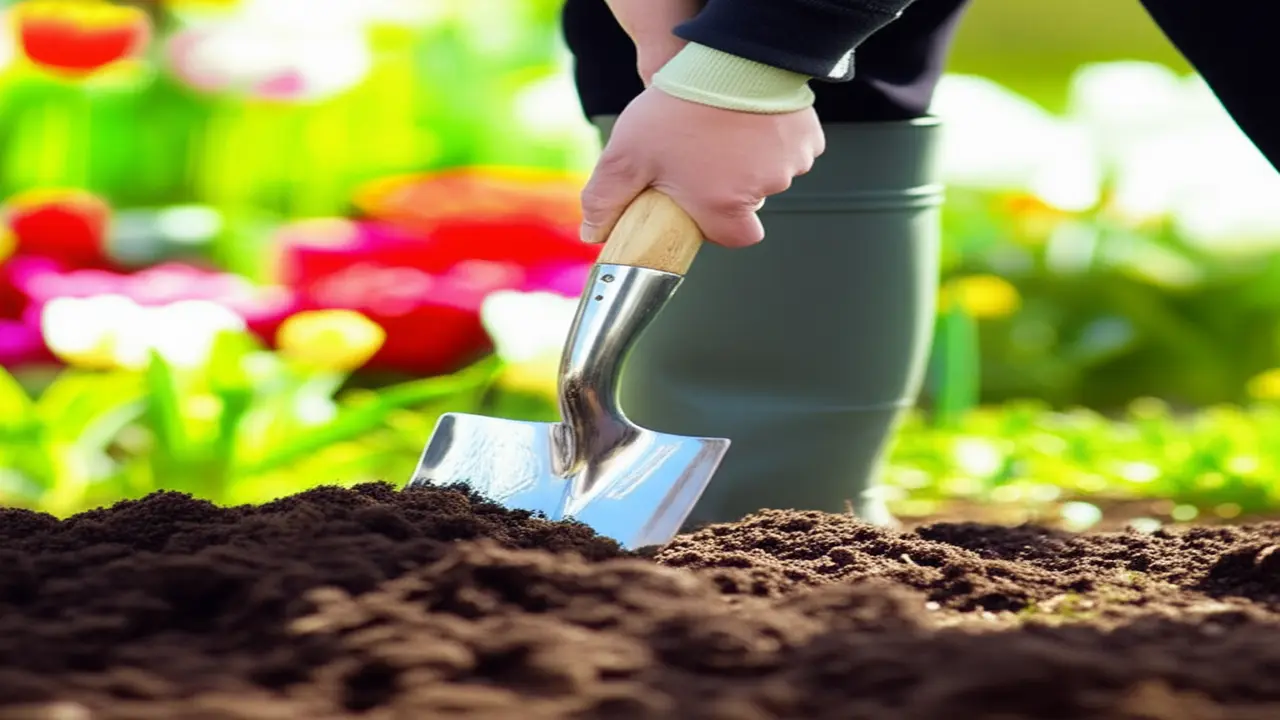
2. Mastering Spade Techniques for Spring Success
– Proper Grip and Stance: Stand with your feet shoulder-width apart. Place one hand on the D-handle and the other lower down the shaft for control. Always face the direction you are digging.
– Cutting and Levering: Use your foot on the spade’s shoulder to drive the blade into the ground with your body weight. Push the handle down and forward to lever the soil loose, breaking up compacted earth or cutting through turf.
– Safety and Maintenance: Keep the blade sharp for cleaner cuts and less effort. After each use, clean off any soil and store the spade in a dry place to prevent rust, ensuring it’s ready for your next project.
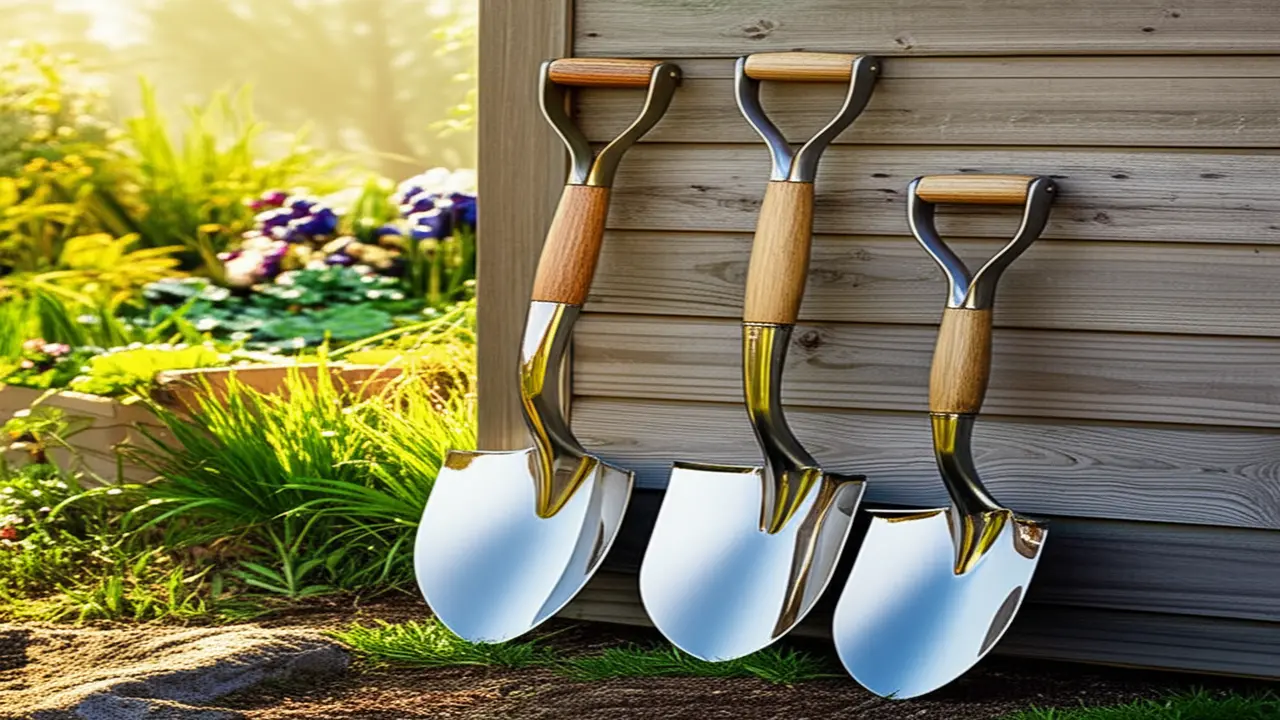
3. Choosing the Right Spade for Spring Jobs
Blade material is a key factor in 2025. Stainless steel blades glide through most soil types easily and resist rust, while carbon steel blades are tougher for rocky soil but require diligent cleaning. Also consider the handle. A long, straight handle provides superior leverage for deep digging, while a shorter D-grip handle gives you better control for detailed tasks. Remember to distinguish the tool from its relatives. Use a shovel for moving loose materials like mulch, and a garden fork for aerating compacted soil or dividing tough perennial clumps. Mastering the correct digging spade technique will make all the difference.
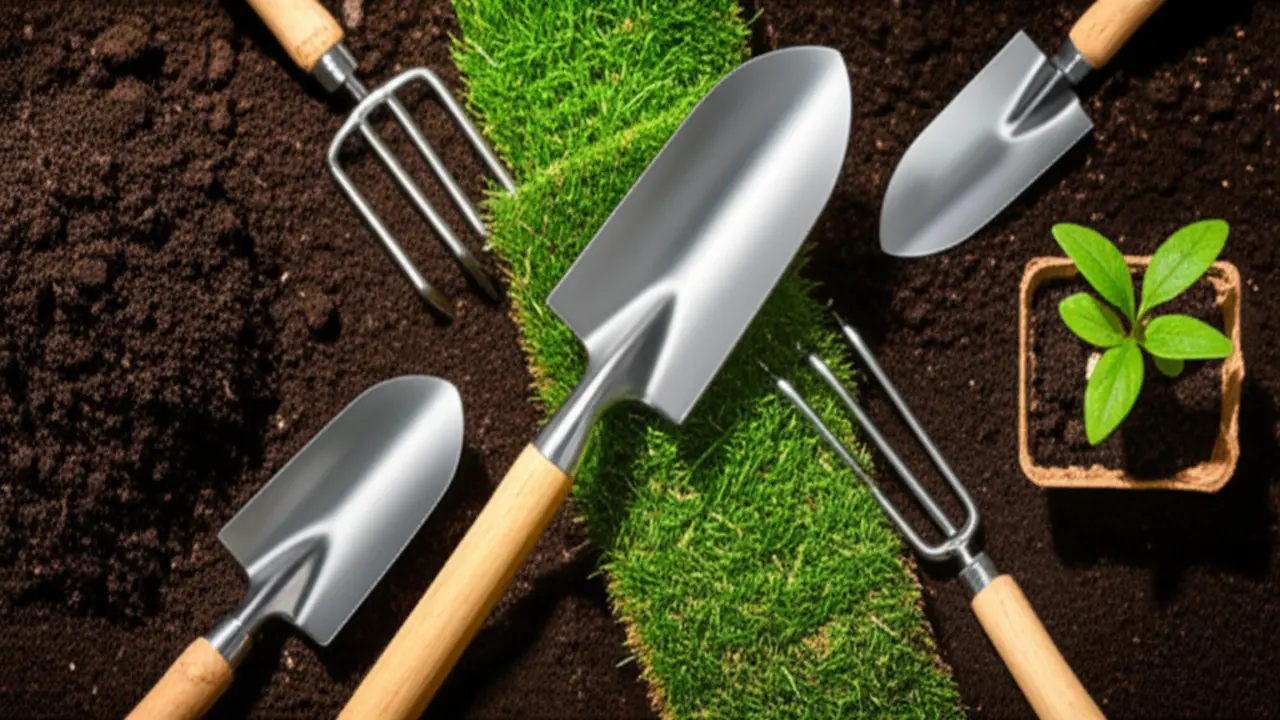
4. Spade vs. Other Garden Tools: When to Use What
– Spade vs. Shovel: The main difference is the blade’s design and purpose. A spade has a flatter, sharper blade, making it ideal for cutting into compacted soil, edging beds, and digging precise holes. A shovel has a scooped, curved blade with raised sides, designed for moving and lifting loose materials like compost, sand, or mulch. Use a spade for cutting and a shovel for scooping.
– Spade vs. Garden Fork: For rocky, dense clay, or heavily compacted soil, a garden fork is superior. Its tines penetrate tough ground with less effort, making it perfect for aerating the soil or breaking up large clods. A spade is better for creating clean holes in loam or less challenging soil types.
– Spade vs. Trowel: This comparison comes down to scale. A spade is a long-handled tool used while standing for larger projects like planting shrubs or trenching. A trowel is a small, hand-held tool for precision work like planting seedlings, bulbs, or working in containers. For weeding and loosening soil in tight spots around existing plants, consider using one of the best hand cultivators for targeted action.

